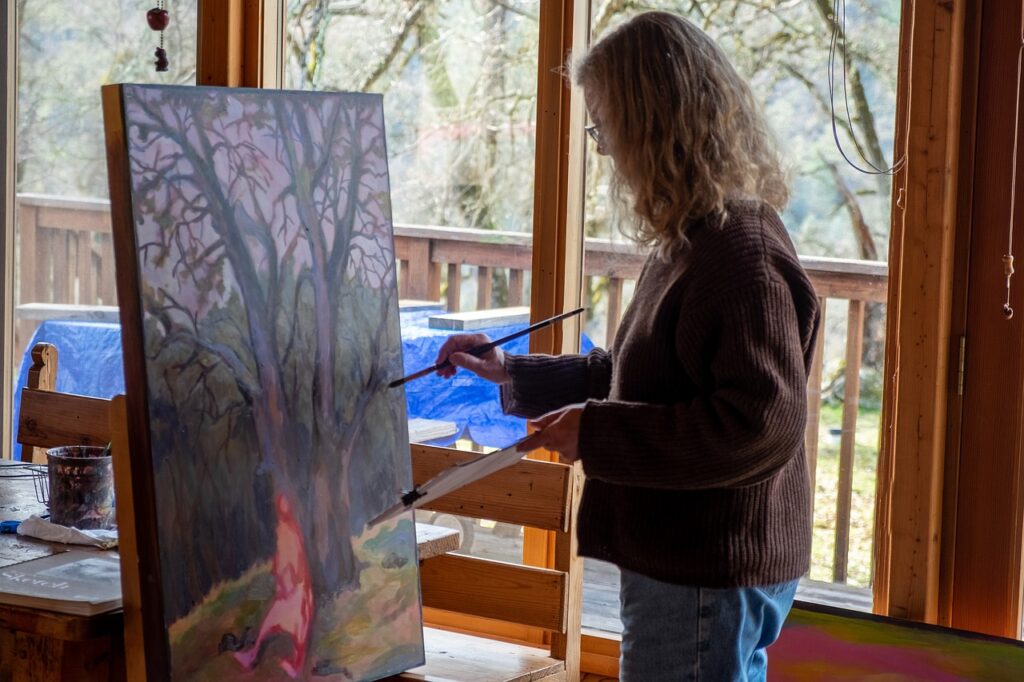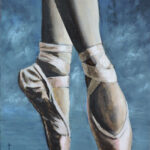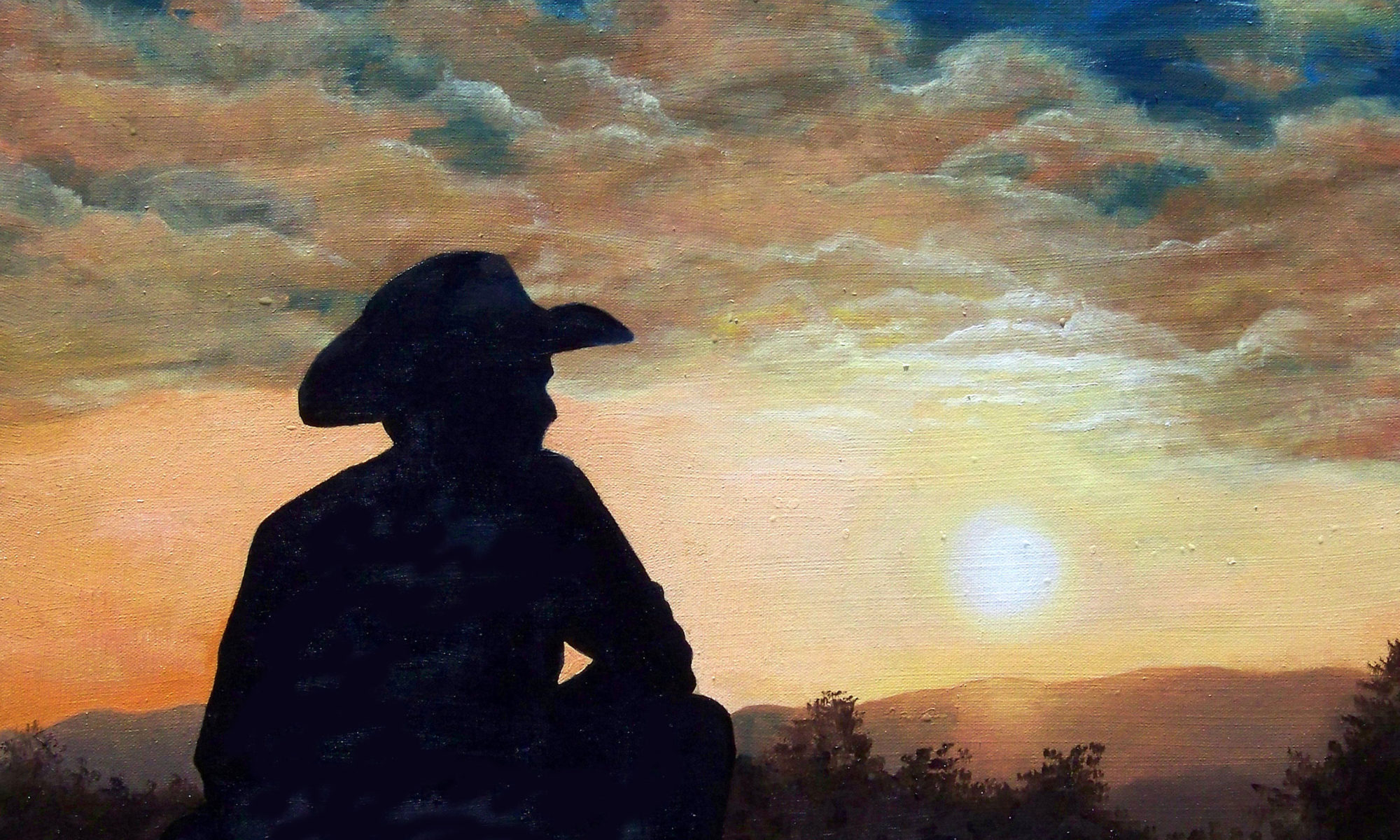
One of the greatest compliments I’ve ever received came from a renowned artist who, after seeing several of my paintings, said that I had my own artistic style. This came as a surprise to me, as I had cultivated my distinctive style over the years, without realizing it.
Until that day, I hadn’t given much thought to even having my own art style, much less trying to develop one. What’s more, I barely even knew what an art style was. I knew all the Old Masters had it and that it was something good to have. So, I set out to find out more about artistic style, what it is, and where it comes from.
What exactly is artistic style?
Artistic style is a specific characteristic or group of characteristics that are consistently present in the works of an artist. It’s that extra little thing that an artist does to set himself apart from other artists.
Many artists, whether they realize it or not, have an identifiable painting style. Their artistic style is neither good nor bad. It’s simply the result of the particular choices and decisions a painter makes while composing his or her oil paintings. These decisions define the identity of an artist’s style and are made up of a combination of the mediums, techniques, and subject matter chosen. It’s not that an artist chooses to paint landscapes, still life, or portraits—those are only genres. Instead, it is HOW the artist handles each of the various art elements—line, form, texture, value, color, and shape—that make up the composition.
Should you develop your own artistic style?
I would say “YES!” If you ever hope to be taken seriously as an artist, you need to develop your artistic style and here are some reasons why:
1. Cultivating your artistic style will help to define you and set you apart from other artists. It’s your individuality and uniqueness as an artist.
2. It’s the unique quality that enables others to identify your work as your own, even without seeing the signature on the canvas.
3. It provides a means to attain personal fulfillment through your art by conveying your concepts and inner perspective.
4. If you intend to exhibit your paintings in art galleries, having a distinct art style is often something that gallery owners or curators look for in your work.
5. Finally, developing your style is necessary if you want your paintings to capture the eye of art collectors. For many art connoisseurs, an artist’s style is what truly defines their art.
How do you develop your artistic style?
Before I can tell you how to do that, I need to tell you how NOT to develop one. You won’t develop your artistic style by copying the works of other artists. Let me repeat that. If you copy the works of another artist, you will never develop a unique art style of your own. The reason for this is that when you copy someone’s work, you are merely imitating the choices and decisions already made by that another artist has already made, rather than making your own.
Novice painters often do this. They copy the works of other artists they like, and this is a disservice to the world of art. As long as they continue to do this, they will never develop their unique artistic expression and move beyond being a mere hobbyist to a serious artist or even a professional. Your artistic style is shaped by the decisions YOU make about the numerous elements that go into your artwork.
An artist’s distinctive style does not develop overnight. It evolves over time due to either conscious or unconscious effort on the part of the artist and is likely to undergo numerous transformations as the artist matures. The best way to develop a style is to do a lot of painting. In doing so, you can expect your art style to progress as you acquire more experience, knowledge, and skills. As you move from painting to painting, you will find that specific artistic characteristics or qualities will reoccur repeatedly. This is your unique style. It’s important to remember that you don’t have to continue with the same art style for the rest of your life. You have the ability to change it at any time, and you will be surprised to learn that it can, and frequently does, evolve.
You May Also Like
FROM THE EDITORS: We hope you enjoyed this blog about developing you own artistic style and found it’s information to be useful. We’re sure you’ll enjoy the paintings below too. For more information and details, click or tap the thumbnail link.

(2022)
30″ w x 24″ h

6″ w x 8″ h

(2023)
12″ w x 9″ h
Art Gallery Quick Links
Flowers | Landscapes | Marine | People
Space Art | Still Life | Wildlife
Additional Reading
DIY Storage for Fine Art Paintings
More information about this topic and many others can be found in My Artist Blog Index. Check it out!
Thanks for reading this!
Feel free to share this with your friends.

